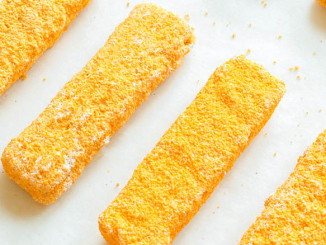
2017 was a year of unprecedented change in the convenience channel, and Nielsen estimates growth for the sector of around 1.5% in 2018, driven by fresh food and food to go offerings.
By Amie Parrott, Nielsen Retailer Services Client Business Partner
From a shopper perspective, the shifts in the convenience retail structure should bring about a positive change for the U.K. shopper. We expect lifestyle, the “little and often” trend, technology and location to be four of the key influencers on shopper’s behavior in 2018, which, if executed well, will be true foot traffic drivers for c-store retailers.
Lifestyle
The time poor, digitally connected younger generation is driving the trend for increased visits to convenience stores. These smaller households are focused on shopping for what they need over the next couple of days, and they’re heading to smaller stores to get it. Health and well-being remain a key focus for the average U.K. shopper. The increased availability of fresh and healthy products in convenience has changed significantly over the last two years, and c-store retailers have continued to invest in refrigeration to meet growing consumer demand—but there is still significant room for growth in this area.
C-stores also play an important role in the quest for providing busy shoppers with something that holds real value: time. The growth of online shopping, which accounts for over 6% of total fast-moving consumer goods (FMCG) sales in the U.K., and the trend toward click and collect is well documented. The possibility for a retailer/wholesaler with an already established supply chain to tag on a click and collect option into a local neighborhood convenience store while delivering the stores stock for the day, would surely be an attractive scenario both for the retailer, from a footfall perspective, and the shopper, who is always on the lookout for ways to shop more flexibly.
Little and Often
The increase in shoppers looking for meals for the next-three-days is growing: 55% of shoppers claim to visit a convenience store for a top-up mission, 11% for a meal prep mission and 17% for food-to-go. Driving frequency of visits and encouraging more small basket purchases is likely to be a key driver of growth for retailers in the first half of 2018; and with 77% of shoppers actively look for a promotion, this could be one way for convenience retailers to help encourage one extra item in the basket behaviors.
The use of off-shelf space for driving incremental purchases has been particularly useful for healthier snacking categories. A recent Nielsen Scantrack analysis showed that categories like pretzels, crackers and bread snacks delivered higher incremental returns than confectionery and soft drinks. So, using this critical off-shelf space in store for categories that meet an important and growing shopping need will help to encourage bigger basket sizes.
But why not go one step further, and use the off-shelf space flexibly according to the specific day of the week? A Nielsen HomeScan analysis has identified that spend per life stage differs on a weekday to a weekend, so understanding which of your shoppers shop at different times of the week and flexing your promotions and off-shelf space accordingly, will yield the best results.



